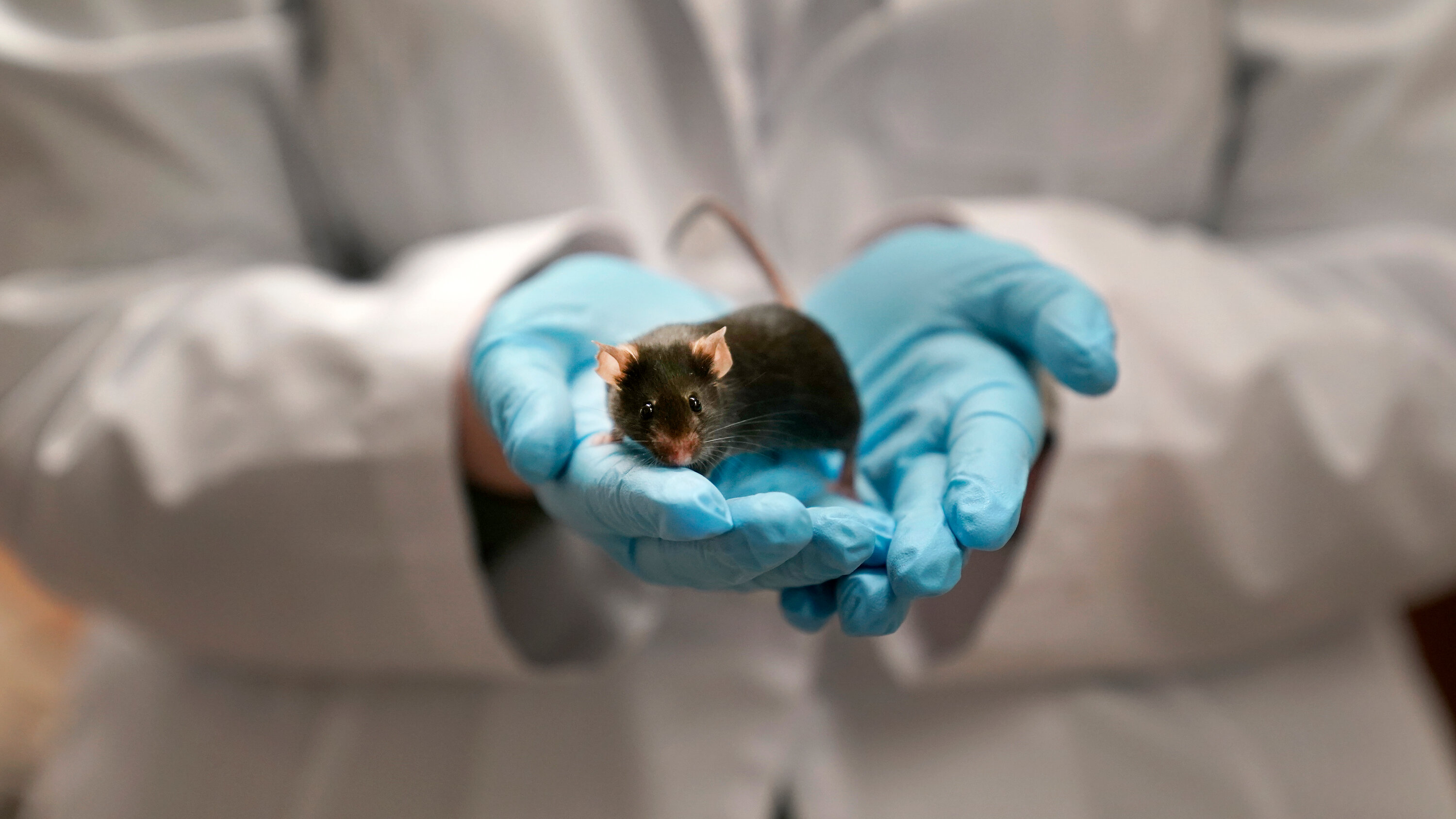Beyond Words: Do Our Furry Friends Really Comprehend What We're Saying?
Science
2025-03-23 09:00:30Content

From talking parrots to seemingly intuitive dogs, the animal kingdom has long fascinated us with remarkable communication abilities. But beyond viral videos and heartwarming anecdotes, what does scientific research actually reveal about animals' language comprehension?
For decades, researchers have been exploring the intricate ways animals process and respond to human communication. While some claims of animal linguistic prowess might be exaggerated, emerging scientific studies suggest that certain species possess surprisingly sophisticated language understanding.
Take, for example, border collies like Chaser, who demonstrated an astonishing ability to recognize over 1,000 unique words. Or consider African grey parrots like Alex, who not only repeated words but appeared to understand complex concepts and engage in meaningful communication.
These extraordinary cases challenge our traditional understanding of animal intelligence. Neuroscientists and animal behaviorists are now investigating how different species interpret human speech, examining factors like vocal recognition, contextual learning, and cognitive processing.
While we may never fully decode the mysterious language capabilities of animals, ongoing research continues to reveal fascinating insights into their remarkable communicative potential. The boundary between human and animal communication grows more nuanced with each groundbreaking study.
Decoding the Linguistic Mysteries: When Animals Speak Our Language
In the fascinating realm of interspecies communication, humanity has long been captivated by the extraordinary ability of certain animals to seemingly comprehend human language. Beyond mere speculation, scientists and researchers have delved deep into understanding the complex cognitive processes that enable some remarkable creatures to bridge the communication divide between species.Unraveling the Extraordinary Communication Capabilities of Our Animal Companions
The Cognitive Landscape of Animal Intelligence
The intricate world of animal cognition reveals astonishing capabilities that challenge our traditional understanding of communication. Researchers have discovered that certain animals possess neural networks capable of processing complex linguistic patterns far beyond simple stimulus-response mechanisms. Neuroscientific studies demonstrate that some species, particularly primates and certain domesticated animals, exhibit remarkable pattern recognition and contextual understanding skills. Advanced brain imaging techniques have unveiled intricate neural pathways that allow animals to interpret human vocal cues with surprising accuracy. These neurological mechanisms suggest a sophisticated level of comprehension that transcends basic training or conditioning. Experiments conducted in controlled laboratory environments have consistently demonstrated that animals like chimpanzees, dolphins, and even some domesticated dogs can recognize and respond to nuanced verbal instructions with remarkable precision.Breakthrough Research in Animal Language Comprehension
Groundbreaking research has illuminated the extraordinary linguistic capabilities of various animal species. Renowned primatologists have documented instances where chimpanzees utilize complex sign language systems, demonstrating not just rote memorization but genuine semantic understanding. These primates can construct rudimentary sentences, express abstract concepts, and even engage in basic conversational exchanges. Cutting-edge studies involving African grey parrots have revealed unprecedented linguistic capabilities. These intelligent birds can not only mimic human speech but also demonstrate contextual understanding, answering complex questions and displaying remarkable cognitive flexibility. Dr. Irene Pepperberg's landmark research with Alex, an African grey parrot, demonstrated the bird's ability to understand numerical concepts, color recognition, and even engage in rudimentary problem-solving tasks.Neurological Mechanisms of Cross-Species Communication
The neurological foundations of animal language comprehension represent a complex interplay of evolutionary adaptations and cognitive plasticity. Comparative neuroanatomy reveals striking similarities between human and animal brain structures responsible for language processing. Specialized regions like Broca's area, traditionally associated with human linguistic capabilities, have analogous structures in several mammalian species. Neuroplasticity plays a crucial role in enabling animals to develop sophisticated communication skills. Through consistent exposure and targeted training, animals can rewire neural connections, enhancing their ability to interpret and respond to human linguistic cues. This remarkable neural adaptability challenges previous assumptions about the linguistic limitations of non-human species.Technological Innovations in Animal Communication Research
Emerging technological platforms have revolutionized our understanding of animal communication. Advanced machine learning algorithms and artificial intelligence systems now enable researchers to decode subtle linguistic patterns and non-verbal communication signals. Brain-computer interfaces and sophisticated tracking technologies provide unprecedented insights into the intricate communication mechanisms of various animal species. Wearable neural monitoring devices allow scientists to observe real-time brain activity during cross-species communication experiments. These technological innovations have transformed our comprehension of animal cognition, revealing complex communication strategies that extend far beyond traditional behavioral observations.Ethical Considerations and Future Perspectives
The exploration of animal language comprehension raises profound ethical and philosophical questions about interspecies communication. As our understanding deepens, researchers must navigate complex ethical landscapes, ensuring that scientific inquiry respects the intrinsic dignity and autonomy of animal subjects. Future research directions promise even more remarkable discoveries. Interdisciplinary collaborations between neuroscientists, linguists, and animal behaviorists are poised to unlock further mysteries of cross-species communication, potentially revolutionizing our understanding of intelligence, consciousness, and linguistic capabilities across the animal kingdom.RELATED NEWS
Science

Medical Breakthrough: Scientists Unveil Potential Reversal Method for Male Reproductive Challenges
2025-04-08 01:15:27
Science

Cosmic Catastrophe: Trump Budget Cuts Threaten to Decimate NASA's Scientific Frontier
2025-04-11 19:53:43






